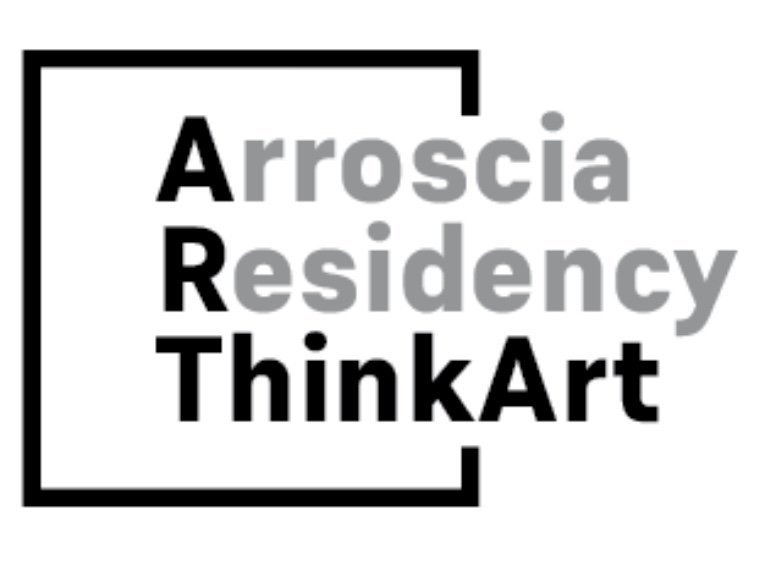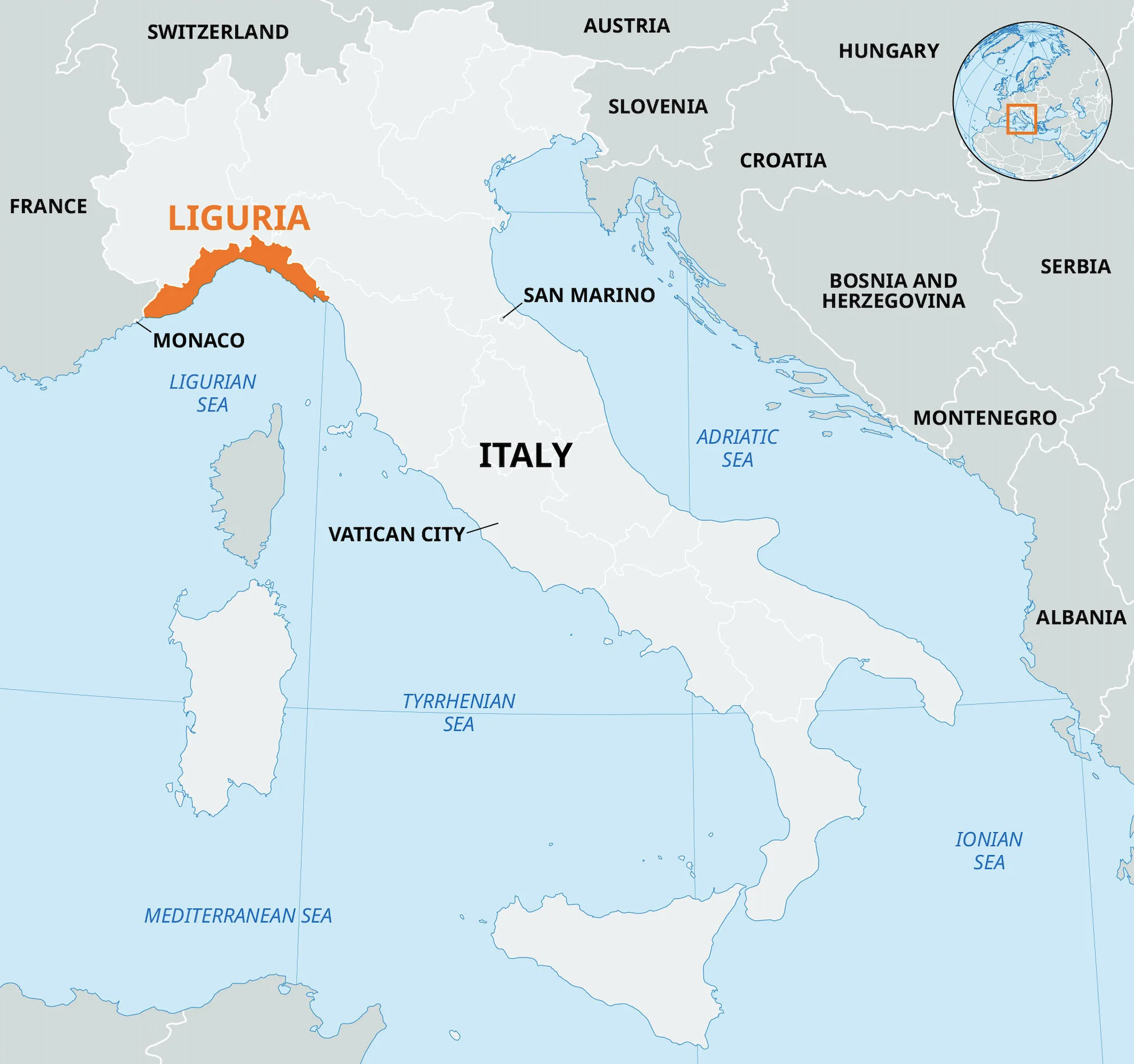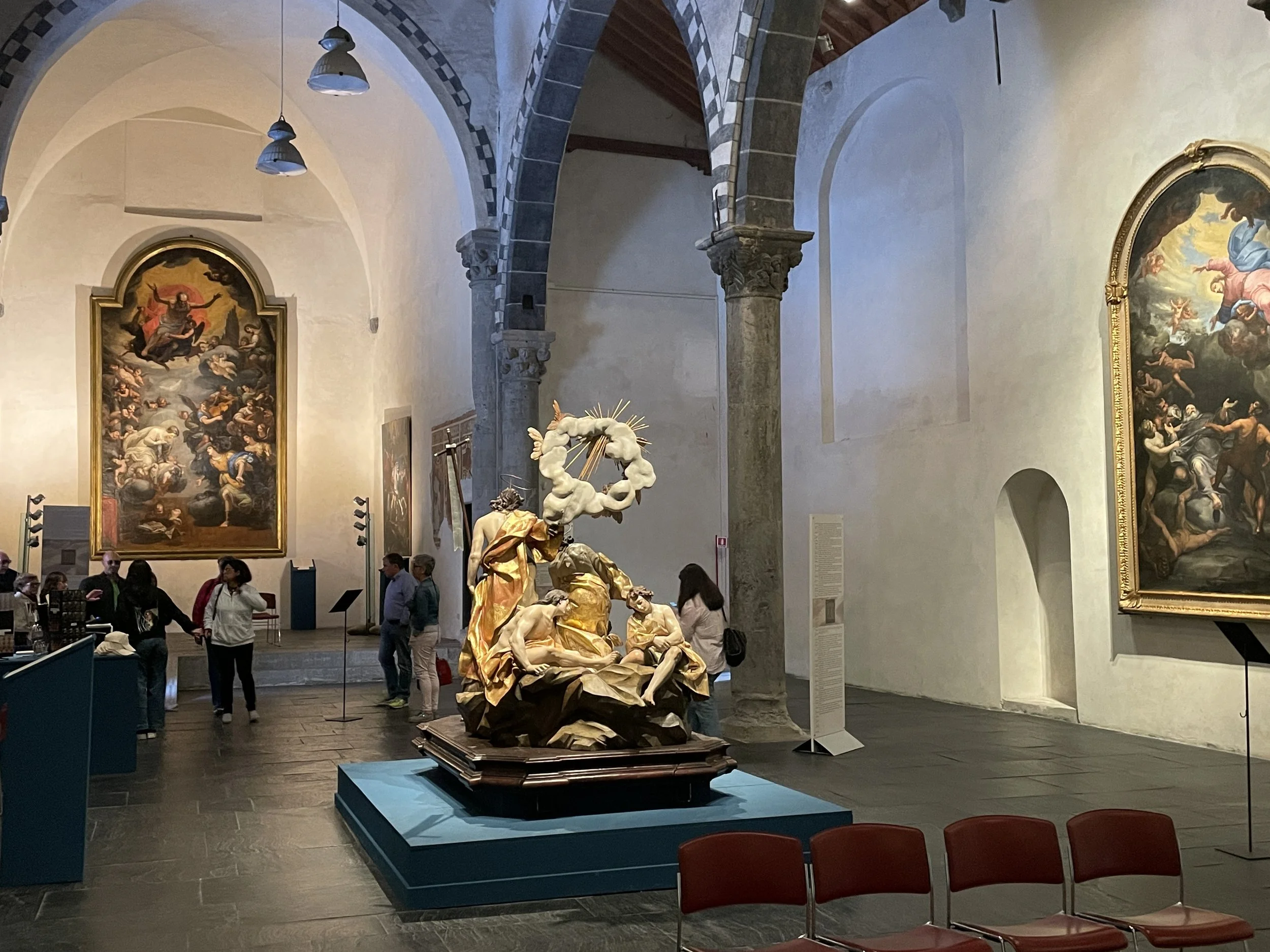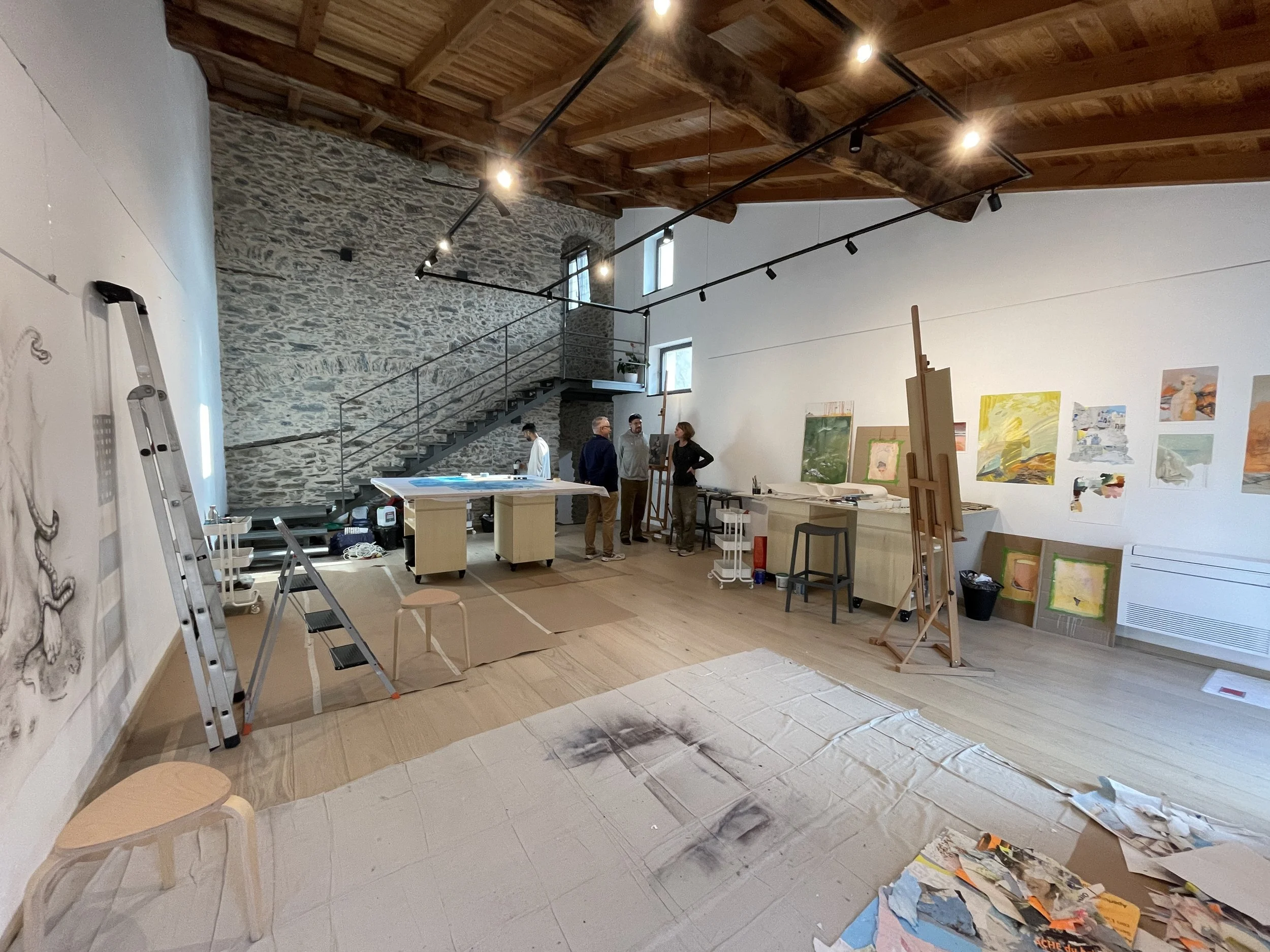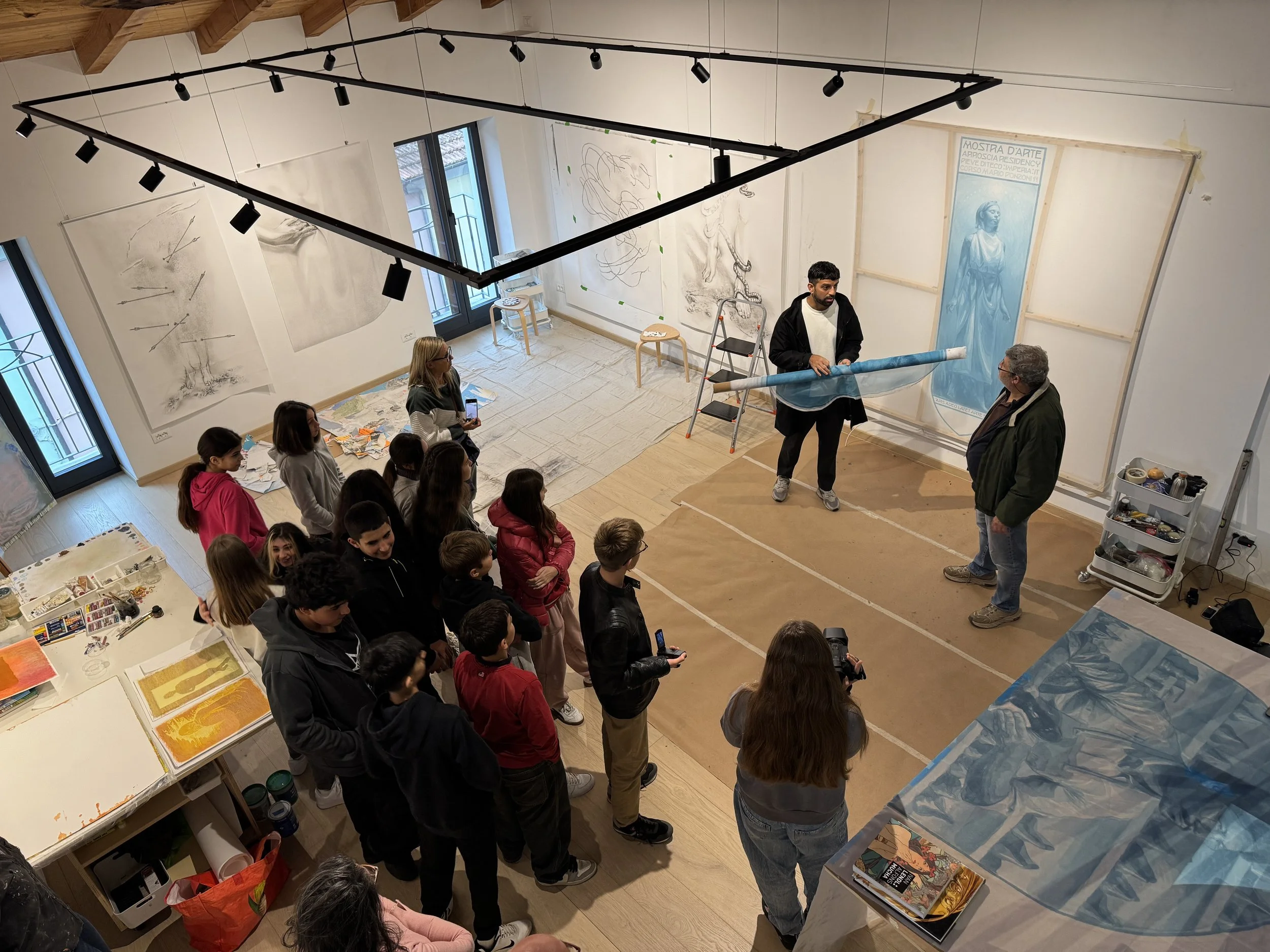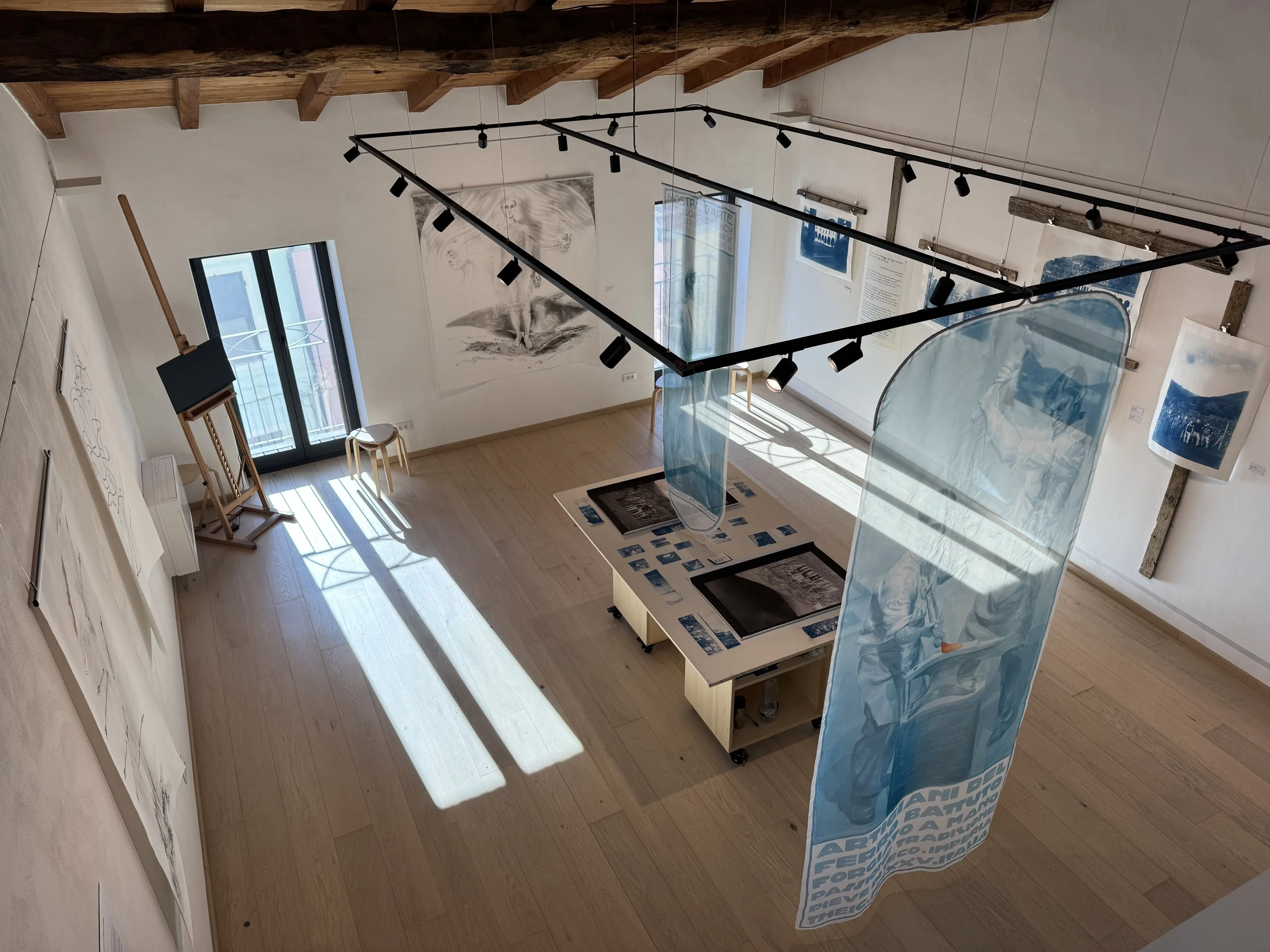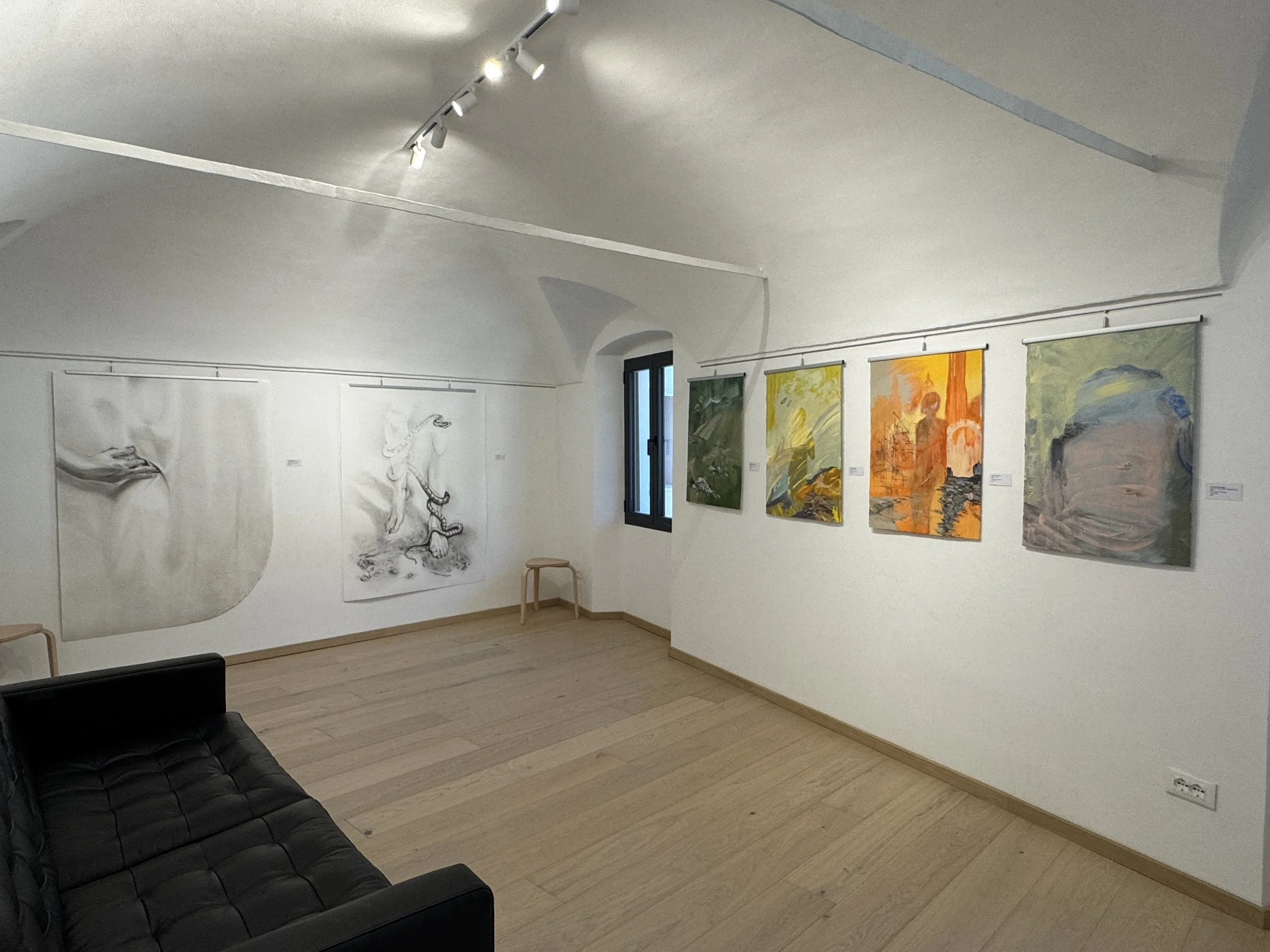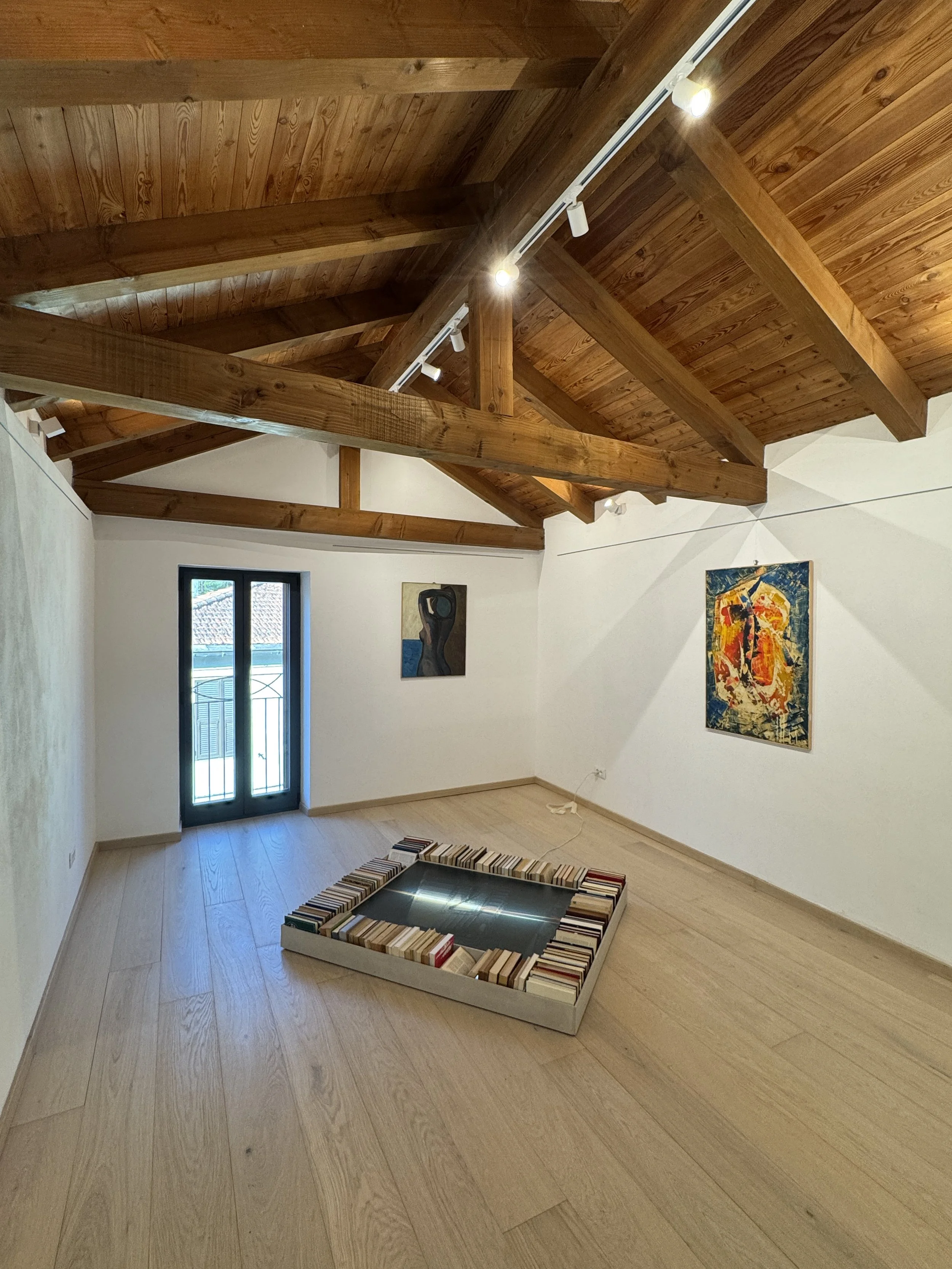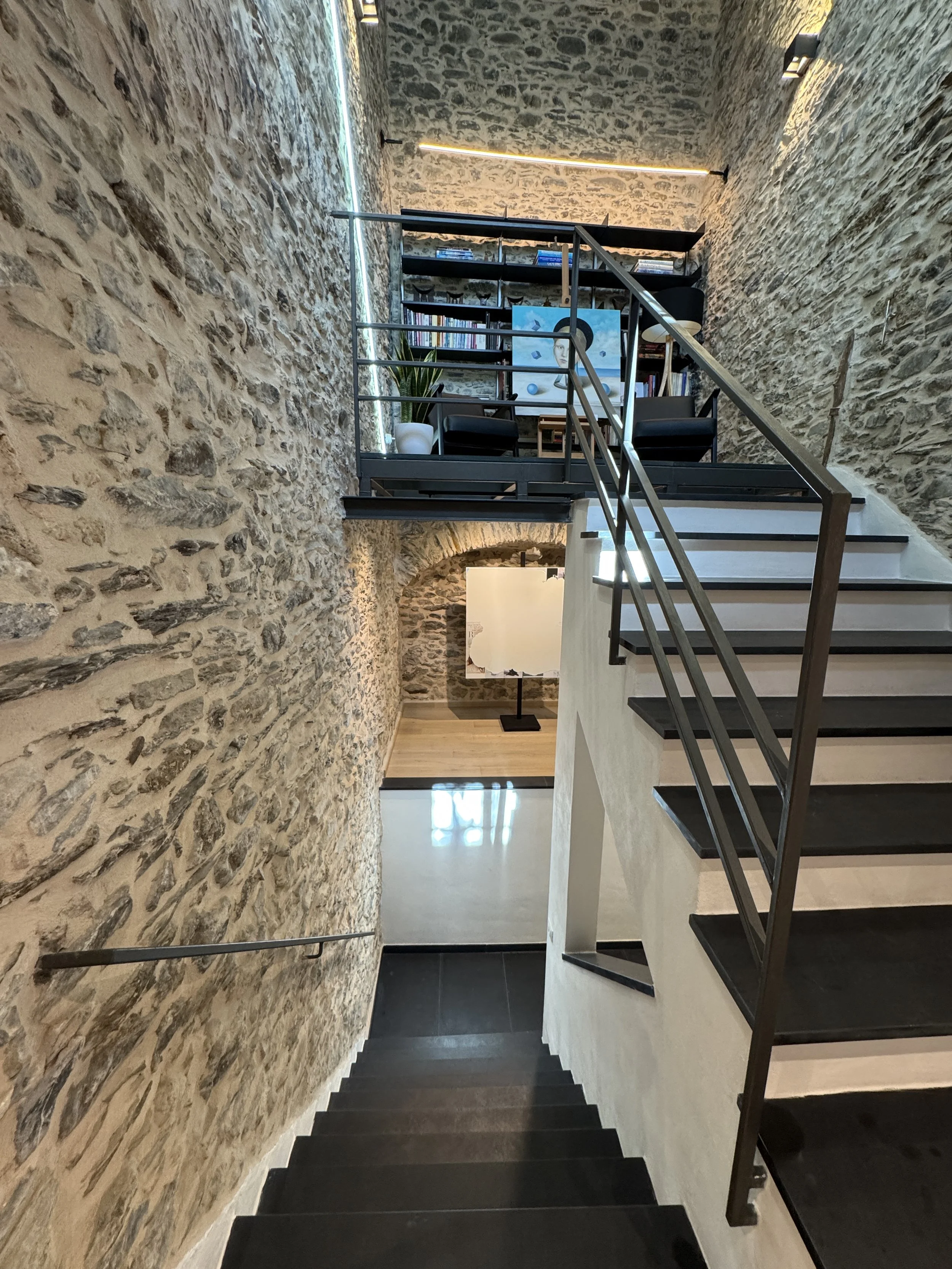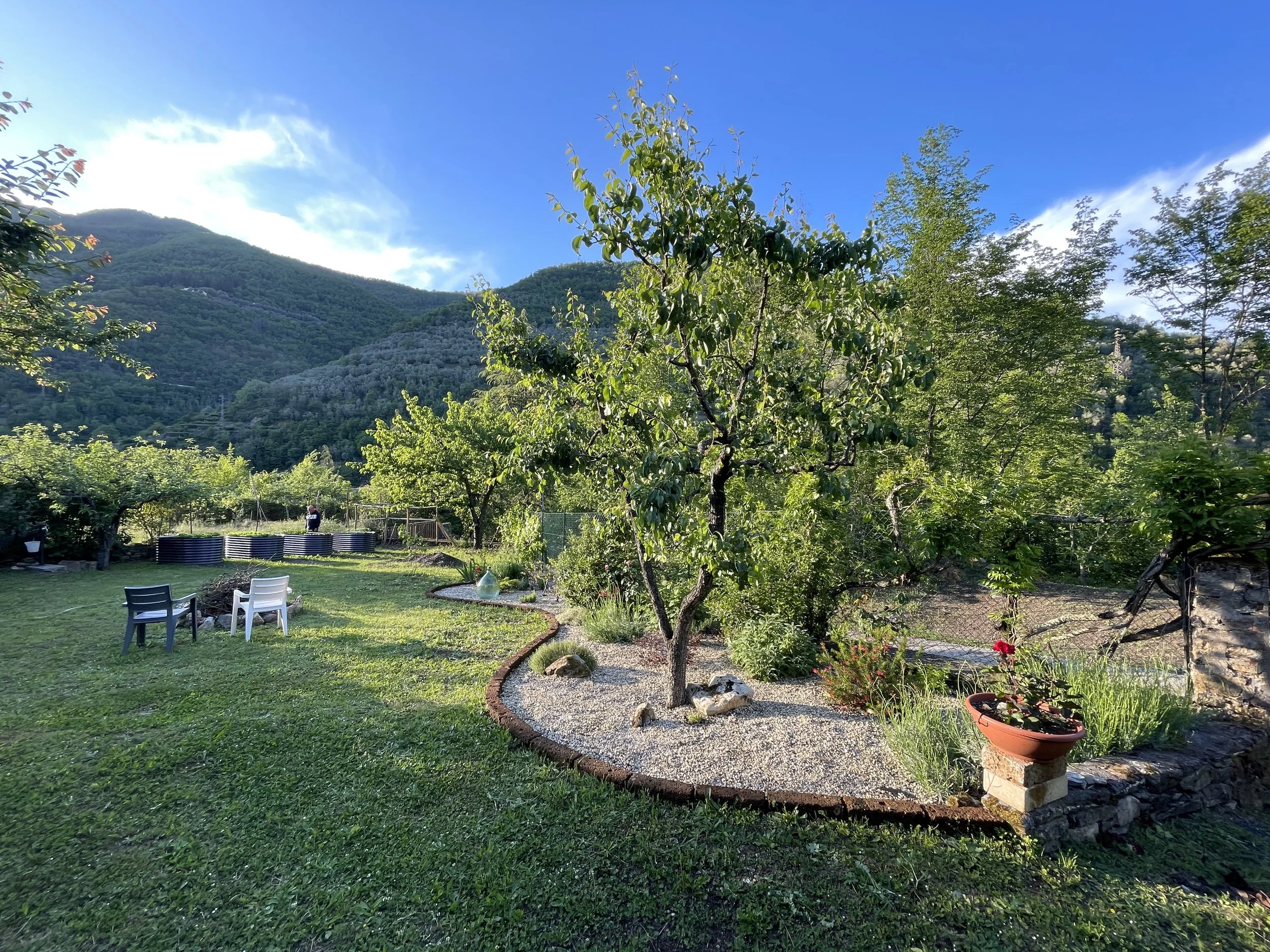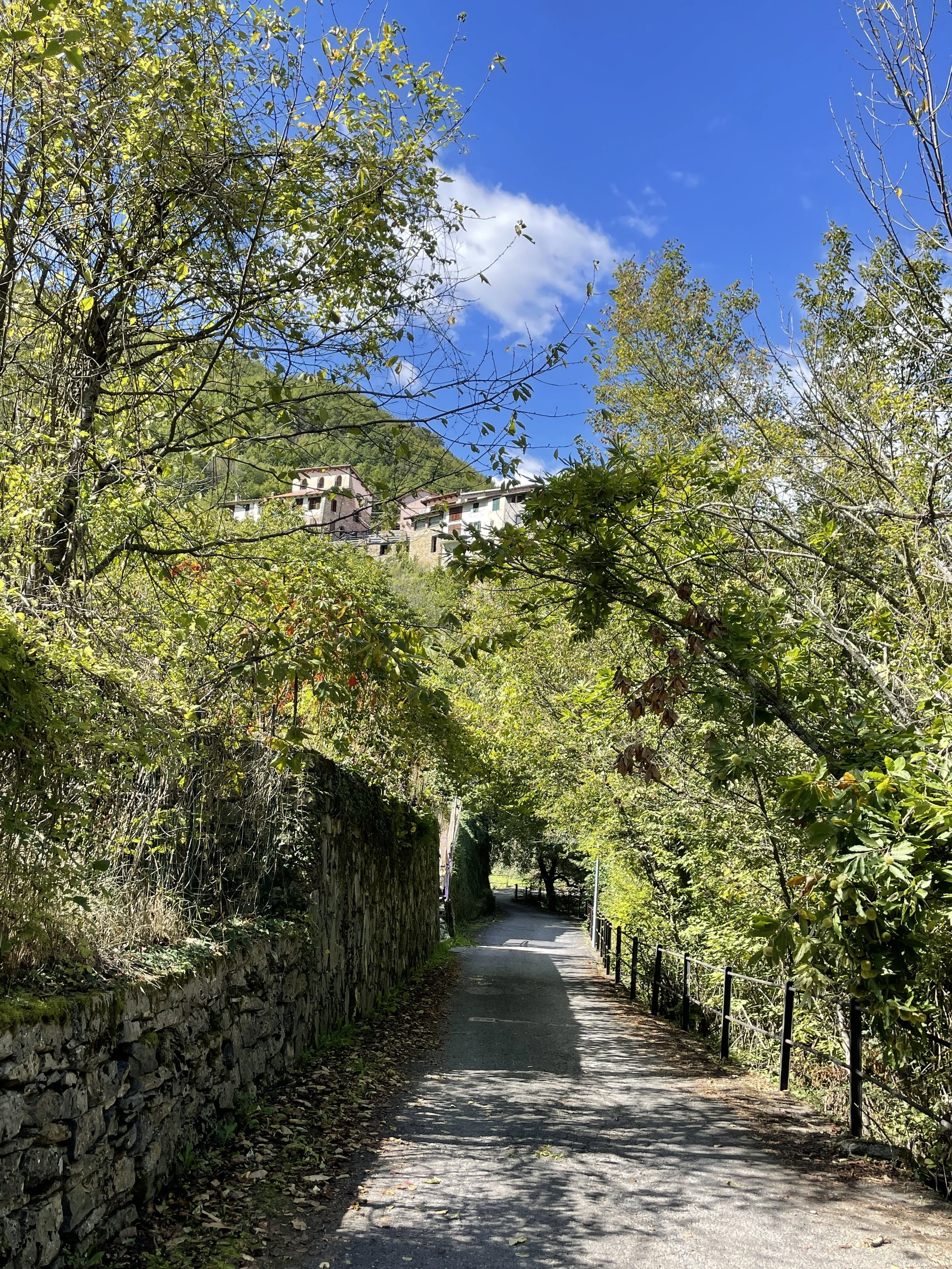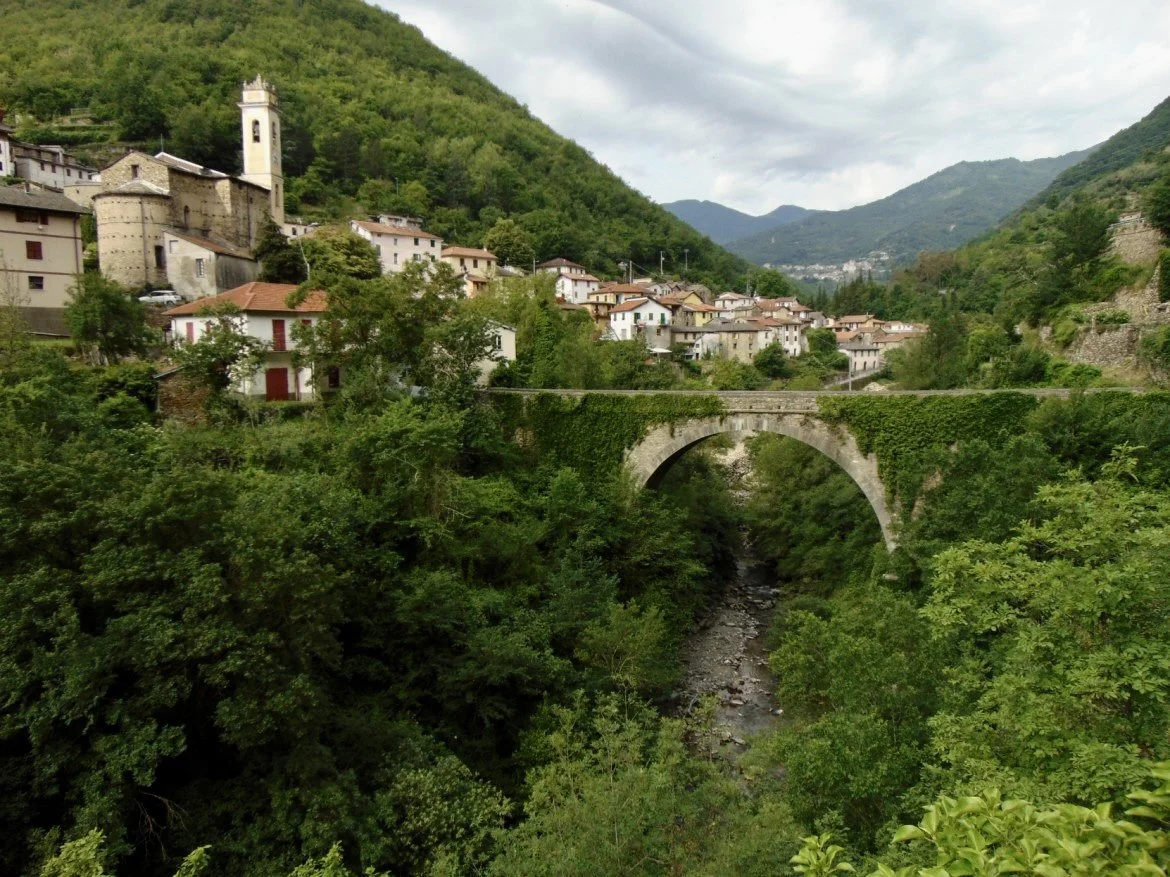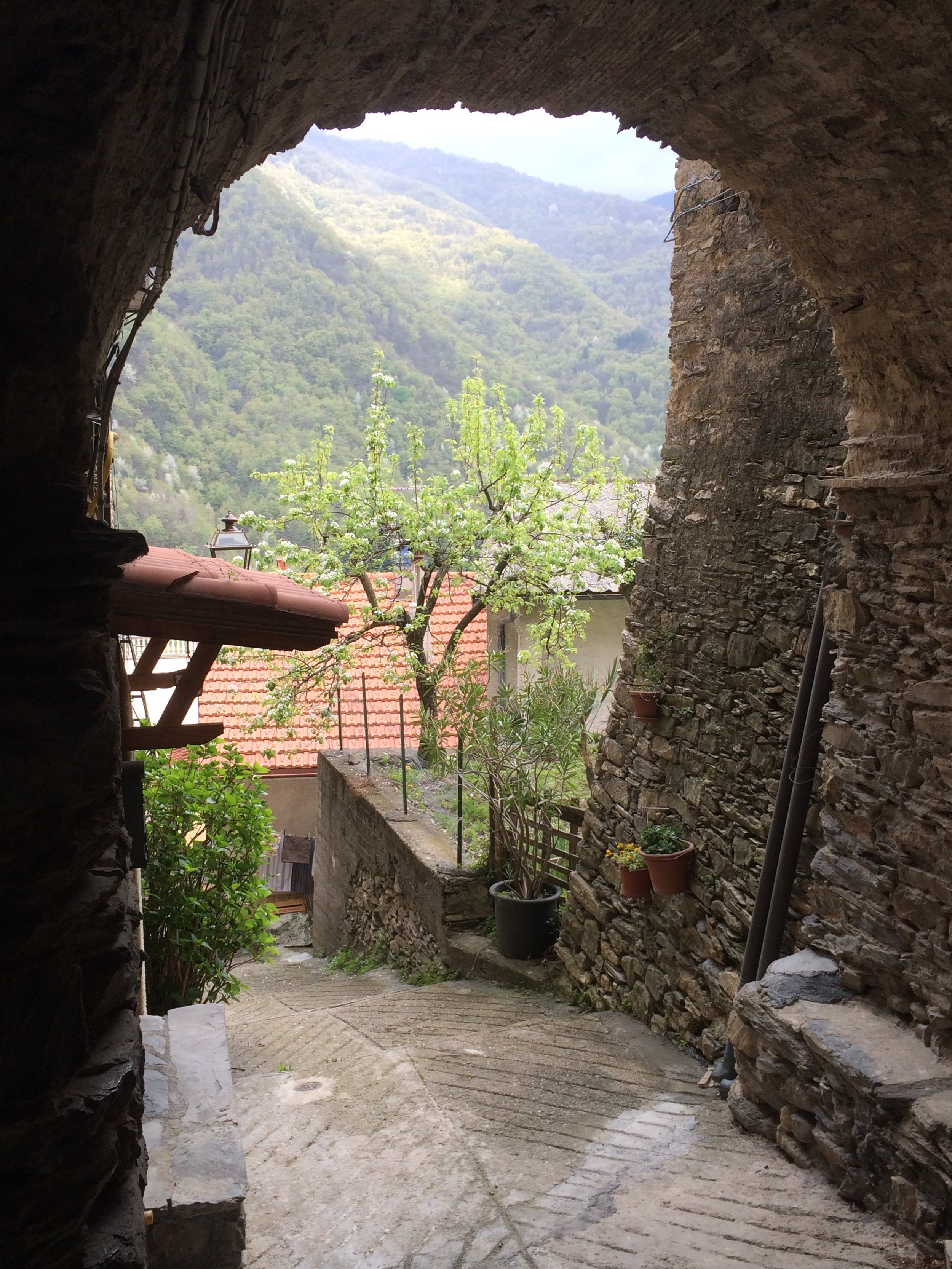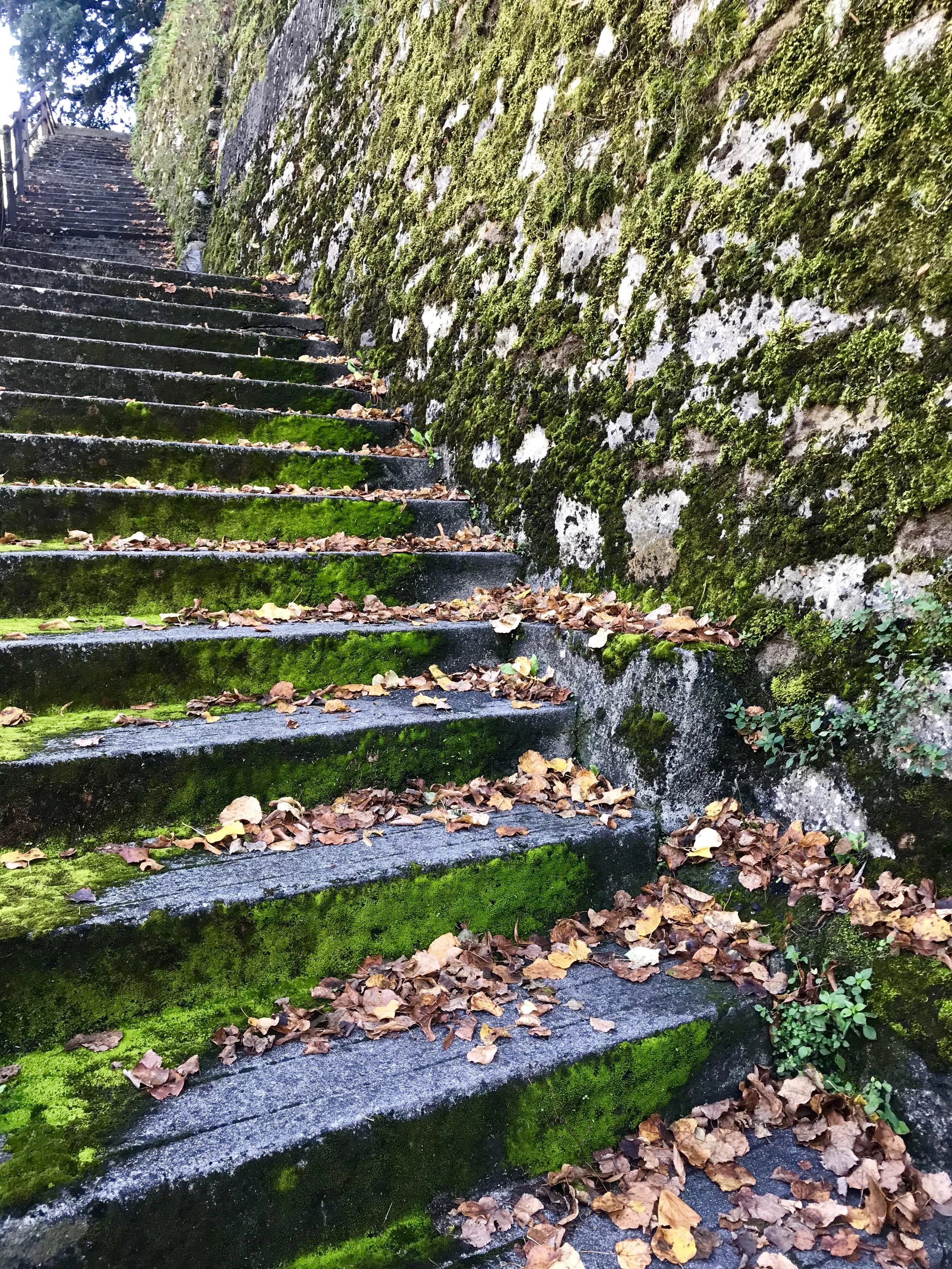location
THE ARROSCIA VALLEY
Get ready to be inspired by the tranquility and natural beauty of the Ligurian Hills
Set in the pre-alps of the Ligurian region of Italy, the Arroscia Valley offers the artist a quiet retreat in which to conduct their research and work, while offering quick access to cosmopolitan cities. The Residency is located 25 minutes from the Italian Riviera, 45 minutes from a ski resort, and 1 hour from France and Monaco. Six international airports within 1.5 to 4 hours drive provide easy access to European hubs: Nice, Genoa, Turin, Pisa, Florence, and Milan. The closest access to the train system are in Imperia and Albenga, each 20-30 minutes away.
The Arroscia valley has become home to artists who have chosen to live and work in Italy, while maintaining their galleries in their home countries. The Valley boasts sculptors from Great Britain and Slovenia, photographers from Scotland, Great Britain and the United States, painters from Finland and the United States, printmaker from Great Britain, as well as many local Italian artists. There exists the real possibility of collaboration and synergy with this artist community.
Hundreds of mapped hiking trails are available in the immediate area. The artist can choose from easy walking trails along winding rivers, more strenuous uphill climbing, and seaside trails. In fact, there is a 42 kilometers, uninterrupted, sans-traffic, walking/bicycle trail along a former rail line that extends from Imperia all the way to the French border. Explore diverse ecosystems in the Valley for endless inspiration.
about PIEVE DI TECO
The studio is located in Pieve di Teco, in the Arroscia Valley. This offers a walkable town experience with services, restaurants, and coffee shops. Pieve di Teco is an historic town with roots dating back to the Roman era. It is located at the crossroads of the salt trade route leading from the Ligurian coast to Piedmont. As such it grew rich and prosperous from the salt tax. Several wealthy families built their palazzi along what became the arcaded road through town. During the Middle Ages, the town thrived as a hub for commerce and culture. The town’s architecture reflects this rich history, with medieval structures, churches, and narrow cobblestone streets that transport visitors back in time.
Pieve di Teco has also been known for its agricultural activities, particularly olive cultivation and olive oil production, which have been vital to the local economy for generations.
Italian hill towns consist of tightly packed homes. It is very important that Residents respect the community, its customs, and keep nighttime noise and music to a minimum. Neighbors normally expect quiet from 10:00pm to 8:00am. Noise and music carries far in a village built of stone.
STUDIO - PIEVE DI TECO
About the Studio
The studio is on the third and fourth floors of one of Pieve’s Medieval palazzi and includes a 50-square meter studio (538-square feet) with 4.5-meter high ceilings (15 feet), three gallery spaces, a small library reading room, a catering kitchen, 1.5 bathrooms, and a roof-top loggia with views of the mountains.
The studio is furnished with work tables, but not equipped with artists supplies. Artist should bring any equipment they require, or purchase it in Italy using their stipend. Artist is to provide their own cooking, cleaning and laundry. The interior of the studio is strictly a non-smoking environment.
Artworks are only to be created in the designated Studio, leaving the remaining rooms for exhibition, entertaining, and collaboration.
The Resident is expected to leave the studio as they find it and is responsible to pay for the repairs for any damage they cause.
exhibition space - pieve di teco
The studio in Pieve di Teco includes a main studio, two smaller studios and a sculpture niche that also serve as exhibition spaces.
STUDIO - LAVINA ORCHARD
Shared use of the hosts’ orchard and vegetable garden is available to the artist as an annex to the studio for creating. The orchard is a peaceful, picturesque outdoor space which features fruit trees (pears, apples, kiwi, persimmon, lemon, plums, mulberry, cherries, blueberries, raspberries), a seasonal vegetable garden, an arbored dining area for 10, a stone surrounded fire pit, and an adjacent forest. This area is available for entertaining, relaxing, picking of produce for personal consumption, and for spurring creativity.
SALE OF ARTWORK
Sale of artwork will be facilitated through the Arroscia Residency. The Residency will deduct a 20% donation to the Residency on all sales.
Artists will receive 80% of the sales.
HOUSIng - PIEVE DI TECO
About the Housing
Housing is provided for the artist and consists of a fully furnished, heated apartment. The interior of the apartment is strictly a non-smoking environment.
Typically, the housing will be provided in Pieve di Teco for its convenient location to the studio. If the artists has a car available to them, they can choose to have an apartment in a more secluded, rural location in the nearby village of Lavina.
Spouses and friends are welcome to attend towards the end of the residency for the gallery exhibition, but are expected to cover all of their own expenses. The artist is to ensure that visits from spouse or friends do not interfere in any way with the production of the body of work during the residency.
about lavina
Lavina is one of three villages incorporated into the city of Rezzo: Lavina, Cenova, and Rezzo. All three are within 3 kilometers of each other.
Lavina is best suited to the artist who will thrive in a small, rural community. Set in the beautiful mountains of the Arroscia Valley, Lavina is one of hundreds of villages and towns dotting the mountainside. Here families still grow their own vegetables on terraced farms. Local Italians are warm and welcoming and often share their produce as a gesture of hospitality.
Lavina itself was a Medieval village, originally placed higher up the mountainside. However, in the 1400’s a mudslide destroyed the village. The new Lavina was built on solid ground, further down the slope, along both sides of the River Giara di Rezzo. While the new village dates back to the 1400’s, most buildings were built between the 1500’s to the 1800’s.
At its peak, Lavina had approximately 350 residents. Currently there are about 50 Italian residents. Additionally, this whole valley has become home for expats from all over the world. Lavina alone has families from the United States, Switzerland, Germany, Egypt, Finland, Netherlands, Israel, Moldova, France, and Great Britain.
Lavina itself has one restaurant (Ristorante La Lavinella), a bed and Breakfast (Agriturismo La Lavinella) and a luxury-suite experience stay hotel (Il Salotto di Lavina). Restaurants, shops, and groceries are available in Pieve di Teco, a 3 kilometers drive from Lavina.
Lavina and the other towns in the Arroscia Valley date back to Medieval times, so keep in mind that these are hill towns, climbing up and down steps is required, and walking paths, streets and buildings are not handicaped accessible.
Italian hill towns consist of tightly packed homes. It is very important that Residents respect the community, its customs, and keep nighttime noise and music to a minimum. Quiet hours are from 10:00pm to 8:00am. Noise and music carries far in a village built of stone.
